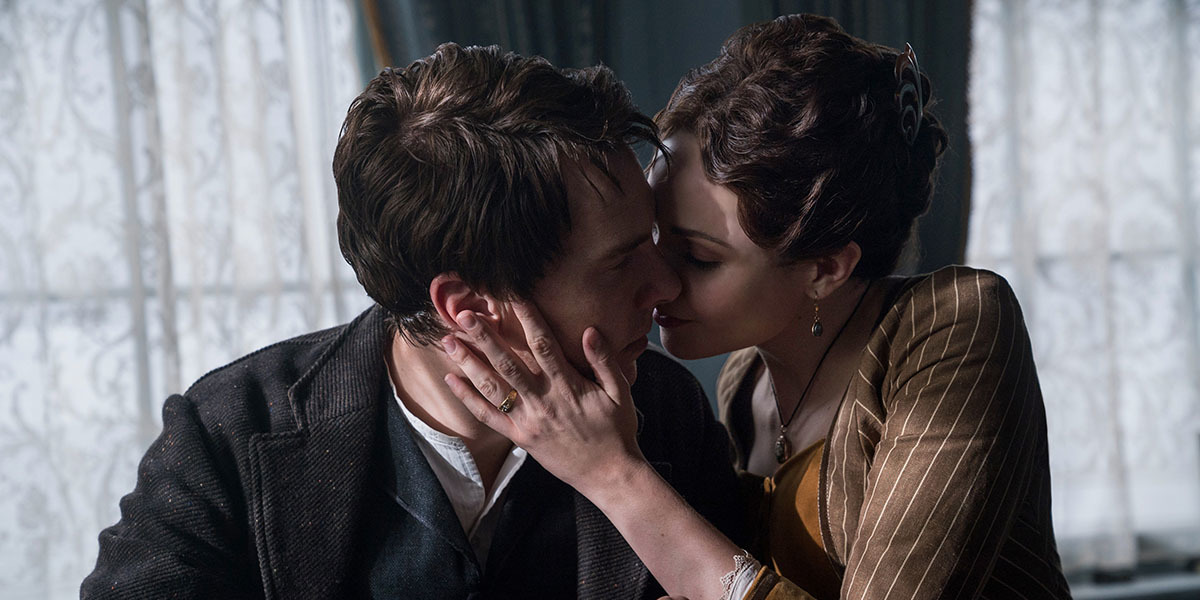After concluding “Hangsaman,” I can definitively say I fell in love with Shirley Jackson’s writing and her stinging critiques of U.S. society. Then, while searching for another compelling read, I stumbled on one of Jackson’s more comical works: “The Sundial” (1958). The novel is an absurd and dynamically constructed joyride with fascinating core characters that keep the dark comedy fresh in yet another magnificent analysis of the plight of female empowerment and wealth inequalities.
The story revolves around the Halloran family and the peculiar death of Lionel Halloran, the deed master of the exquisite, but borderline garish Halloran manor. Suspicions arise within the family, and many believe his mother, Orianna, murdered Lionel. She stands to inherit the home in the event of his death because her husband, Richard, is under her guardianship due to his advanced age and ailments. At that point, I thought the plot would unfold predictably by following beats similar to Rian Johnson’s film “Knives Out” (2019), dimming my will to continue. Yet, Jackson turns the dynamic of a family murder-mystery on its head, weaving a tale about doomsday cults and the apocalypse.
Aunt Fanny, Richard’s sister living at the manor, fears Orianna’s ownership of the deed, as Orianna despises her and will undoubtedly try to force her out of the family home. Distraught, Fanny wanders into the manor’s sprawling, mazelike gardens and stumbles upon a sundial, where she allegedly hears the voice of her father, the patriarch who built the manor. Her father warns of the onset of the end times and urges that the family must stick together to protect themselves and the manor. Consequently, the novel’s focus shifts with the resultant backstabbing, power-grabbing and general wanton chaos that emerges among the family members. Yet, their struggle to prepare themselves for the apocalypse is so over the top that it’s downright hysterical, thus lightening the darker overtones of the story.
A key selling point of “The Sundial” involves how the family dynamic before and after the apocalypse revelation underscores the struggle for female empowerment. In both cases, Orianna is evidently meant to serve as the vehicle for that dialogue. Undisputedly, she is the family’s matriarch: dictating the coordination of preparations, providing authoritative direction and keeping the family in check. However, in Orianna’s pursuit to do so, she’s depicted as an emotionless harpy who is willing to kill her son and as dictatorial for imposing guidelines for her ideal female-centric society to emerge from the ashes of the old world order.
In Orianna’s view, her female-centric society is meant to contradict everything she despises about the present male-focused world. To Orianna, her husband’s incapacity, her son’s death and the potential of an apocalypse have afforded her authority that, at every other point of life, she’s either clawed to achieve or been forced to be silent. Perhaps that is why Orianna’s struggle is so sympathetic, even though her overarching characterization borders on that of a comedic villain — it reflects how ambitious women were falsely construed to be issues, not assets, during the 1950s. While such problems may not be as pronounced within today’s society, women across the board still face systemic inequality, which manifests in unequal pay, inadequate protection from violence, and sexist perceptions that degrade or objectify women.
Additionally, the Hallorans frequently belittle and disregard the capacity of the lower class. Many in the family argue that the lower class is not worthy of being saved due to a lack of sophistication; thus, they should not know about the apocalypse. Instead, the family chooses to host an end-of-the-world party for them as a token of sympathy. Yet, at that party, the wit and general normalness of the townsfolk is on full display. Whether it is the librarian or butcher, each individual takes the opportunity to elucidate the Hallorans’ ludicrous excesses, ability to waste time and eccentric behavior.
Moreover, during the entire novel, the Halloran manor’s appearance is reinforced for its splendor, excess and dignity; however, as the work progresses, the local townsfolk unveil a darker, more sinister story. The manor built by Richard’s father was done using unscrupulous means, whether through eminent domain, abusing contract laws to sue people into submission or buying them out by providing them better facilities to do business. Together, these elements reflect oft seen inequalities in the ability of the rich to worry about nonsensical concerns compared to the working class’s desperate efforts to make ends meet. It also underscores the unethical lengths prominent business people today take to ascertain power and wealth.
In its finest moments, Jackson’s “The Sundial” is a poignant reflection of the plight of female empowerment and inequalities experienced by the lower class. Furthermore, the persistent absurdity of the Hallorans’ will to embrace the questionable doomsday proclamation makes for an oddly satisfying comedic payoff to its darker subjects. As a whole, “The Sundial” is a masterful work of subverted expectations, creating stinging social commentary that intertwines beautifully with moments of hilarity to deliver a delightful read.
Mammas’ article is part of an ongoing column featuring reviews of classic books that one should read. Read the other articles here.
Demetrios Mammas (he/him 23C) is from Atlanta, Georgia, majoring in political science and psychology. When he’s not editing or writing op-eds and reviews for the Wheel, he can be found helping out student legislators as a College Council Chief of Staff and volunteering at Emory’s nearby Wesley Woods Senior Living facility. In his free time, he enjoys playing video games, learning languages, being a Netflix fanatic, reading Arthurian legends, going kayaking and practicing guitar.





